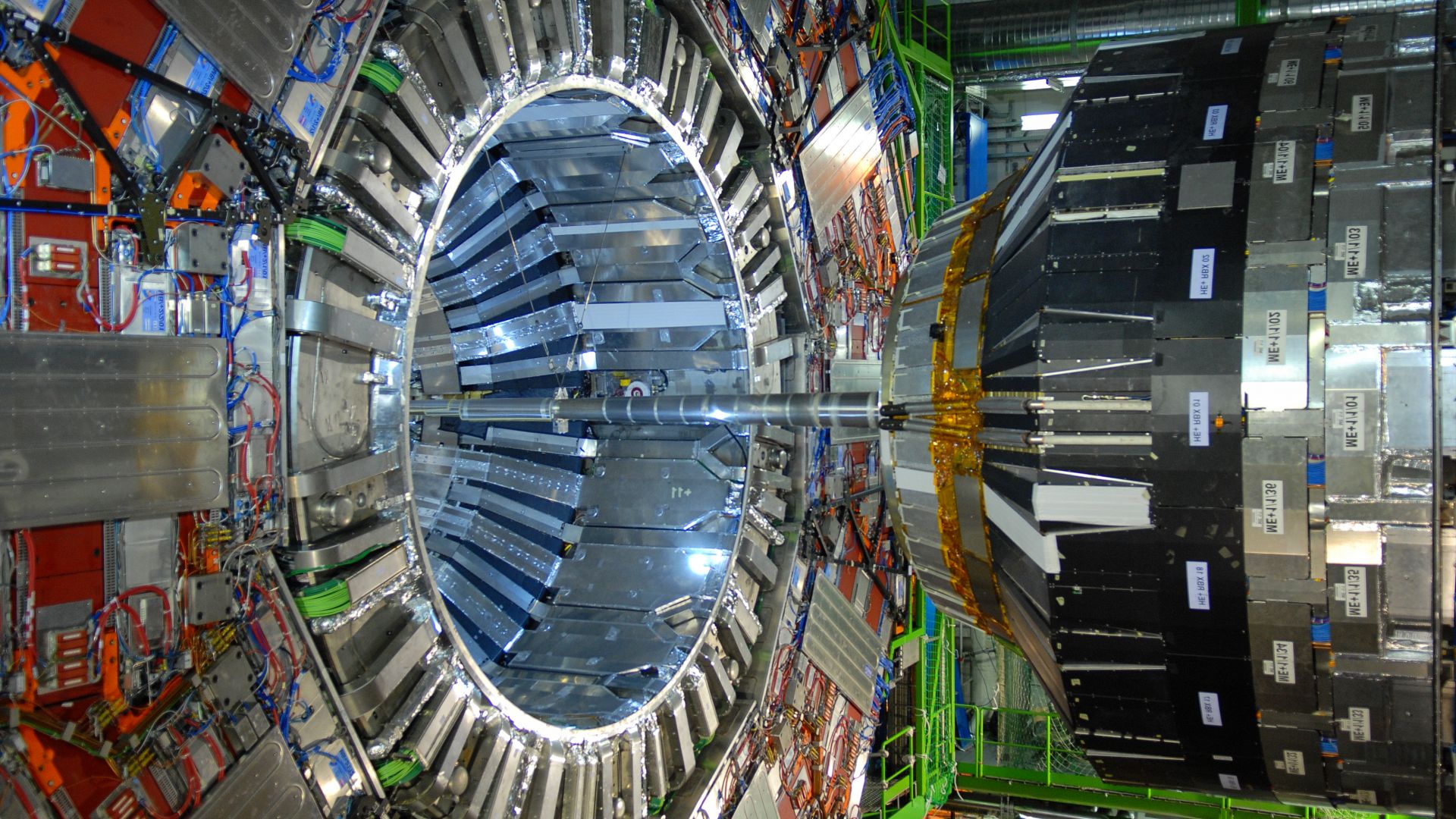The Large Hadron Collider (LHC) in Switzerland has led to some revolutionary discoveries in the world of theoretical physics. CERN’s 25-kilometer high-energy particle accelerator has allowed scientists to complete the Standard Model of Elementary Particle Physics with the Higgs boson.
Based on the success of the LHC, many scientists are now excited to build something bigger and better – a particle accelerator that will be almost four times larger. The cost of the project could reach $ 100 billion.
CERN is in the early stages of developing a design for the 100-kilometer “Future Circular Accelerator”, which is expected to be completed by 2040. But not everyone agrees that such a massive collider would even lead to significant progress in our understanding of the universe. .
In an essay on Big Think, physician Tom Hartsfield argues that massive particle accelerators are simply not worth the money and effort.
According to him, the discoveries made by particle collaiders are becoming increasingly vague and theoretical.
Furthermore, there is still a chance that supersymmetry, a strongly interconnected set of rules that scientists have used to fill in the gaps in the Standard Model of Particle Physics, is unable to explain everything.
“There are a lot of known problems in physics right now,” Hartsfield said. “$ 100 billion could fund (literally) 100,000 smaller physics experiments.”
So much money could even solve other big problems, he suggested, such as fusion, which could revolutionize power generation.
Scientists have discovered a new elementary particle. They even managed without a collider.
According to scientists, a new particle can explain the existence of dark matter.
Boston College scientists say they have discovered a new elementary particle even without the help of huge particle accelerators such as the Large Hadron Collider. The new particle is called the axial Higgs boson. It was discovered during an experiment on a regular table, reports Live Science.
According to Boston College research team leader Kenneth Birch, this particle is a “relative” of the famous Higgs boson, which completes the Standard Model of particle physics and was discovered just at the Large Hadron Collider in 2012.
“The axial Higgs boson has a magnetic force that creates a magnetic field, and it could be a candidate for the dark matter that makes up much of our universe,” Burch says.
According to Birch, scientists were able to detect a new particle using a desktop optical experiment, which was carried out on an ordinary table.
“We used rare earth tritelluride, which is a quantum substance with a two-dimensional crystal structure. The electrons in this substance self-organize into a wave in which the charge density periodically increases or decreases,” says Birch.
According to the scientist, the axial Higgs boson arose when a certain set of waves was imitated in quantum matter at room temperature. The scientists then used light scattering to observe this particle.












